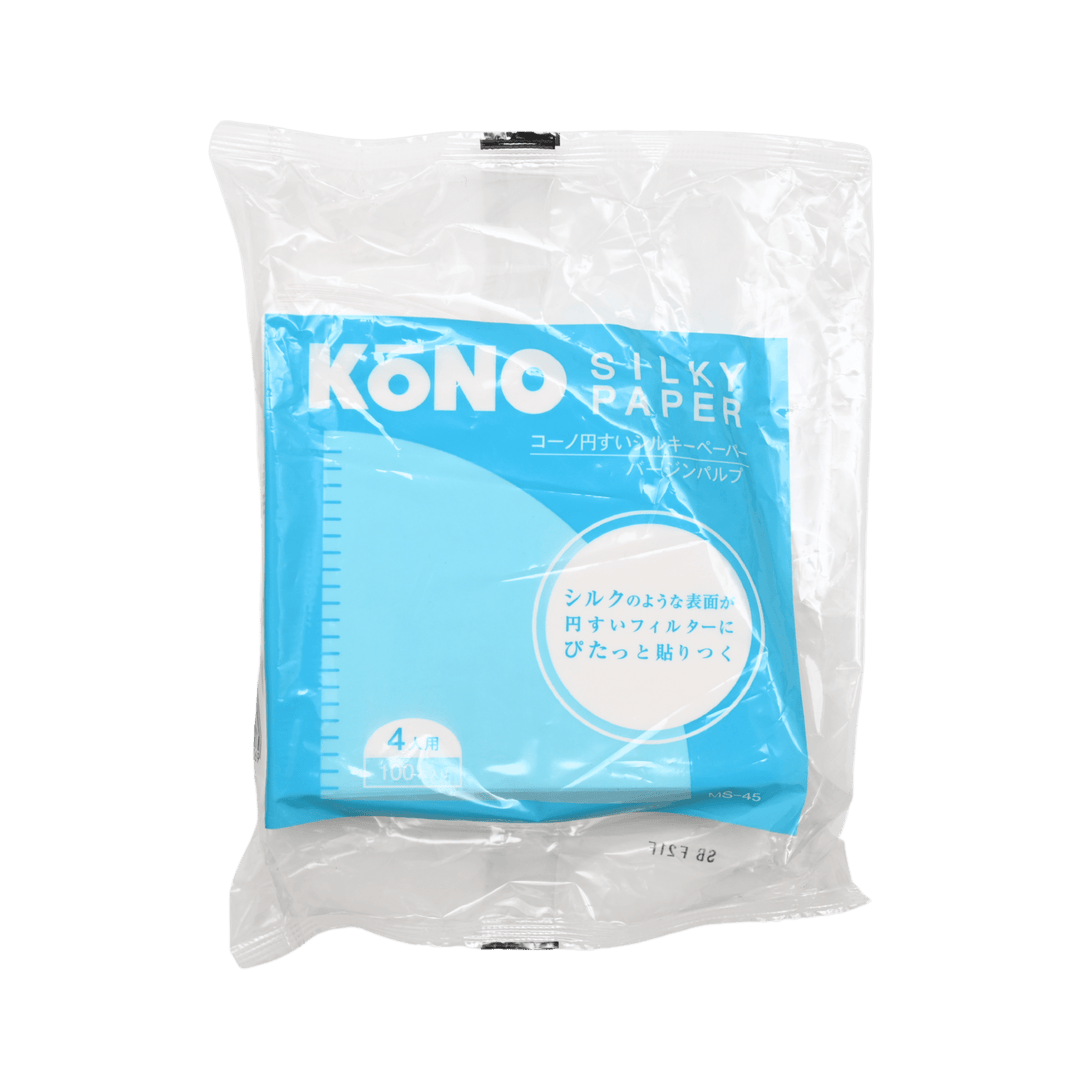Mastering the Perfect Pour Over Coffee: 5 Easy Steps
The Art of Pour Over Coffee
The Perfect Pour Over in 5 Steps
Brewing great pour over coffee is simpler than you might think. With just a few essential steps, you can enjoy a delicious cup at home. Follow our guide below, inspired by coffee expert James Hoffmann, to master the art of pour over brewing and unlock extraordinary flavors in every cup.
Pour over brewing is one of the most rewarding ways to enjoy specialty coffee. This method highlights the unique characteristics of high-quality beans, allowing their complex flavors to shine through. By controlling each variable in the brewing process, you'll create a clean, nuanced cup that showcases what makes specialty coffee so special.
5 Steps to Brewing Great Pour Over Coffee
What You'll Need
1 Gather Your Materials and Prepare the Dripper
You'll need a pour over dripper (like a Chemex, Hario V60, Origami, or Loveramics), fresh coffee beans, a burr grinder, a kettle, a scale, and your favorite mug. Start by placing a paper filter in the dripper and rinsing it with hot water to remove any papery taste and preheat the dripper.
2 Grind Coffee Beans
Using a burr grinder, grind your coffee beans to a medium-fine consistency (finer works best for lighter roasts). Measure about 15-18 grams of coffee for every 250 ml of water.
3 Heat the Water
Heat your water to around 93-96°C. Water temperature is crucial—hotter water extracts more from lighter roasts, while slightly cooler water works better for darker roasts.
4 Bloom and Pour the Water
Add the ground coffee to the dripper, shake it gently to level the grounds, and pour a small amount of hot water (about 60-70 ml) over the grounds. Let it sit for 30-45 seconds to release gases and enhance flavor. After the bloom, slowly pour the remaining hot water in a steady stream, making sure to wet all the coffee grounds evenly.
5 Let it Drain and Enjoy
Once the water has passed through the coffee, remove the dripper, and enjoy your freshly brewed pour over coffee. It's the perfect way to savor the rich flavors of your brew.
Pro Tips for Pour Over Perfection
- Always use freshly roasted coffee, ideally 7-21 days off roast for optimal flavor.
- Invest in a good burr grinder for consistent grind size—this is crucial for even extraction.
- A gooseneck kettle gives you precise control over your pour, leading to more consistent results.
- The ideal coffee-to-water ratio is about 1:16 (e.g., 15g coffee to 240g water), but adjust to taste.
- Pour in steady, concentric circles from the center outward to ensure even extraction.
Notes from James Hoffmann
- "Excuse the error at 10:13 where I say 'Don't be afraid of going a bit coarse' when I meant 'finer'. Apologies!"
- Regarding preheating with the hot water tap: There's clearly a lot of variation out there on this front, and I could well have made a mistake here. It might be better to use a kettle. I'd recommend transferring the V60 to the sink before adding the water, to slow its exit from the cone, which helps do more heating up with less water.
Elevate Your Coffee Experience
Pour over brewing is both an art and a science. By paying attention to the details and practicing your technique, you'll be rewarded with a truly exceptional cup of coffee that highlights the unique characteristics of your beans.
Try Pour Over with Our Specialty Coffees
Ready to experience the difference that quality beans make in your pour over? Our biodynamic, organic coffees are perfect for this brewing method, offering complex flavor profiles that will elevate your home brewing experience.
Shop Our Coffee







